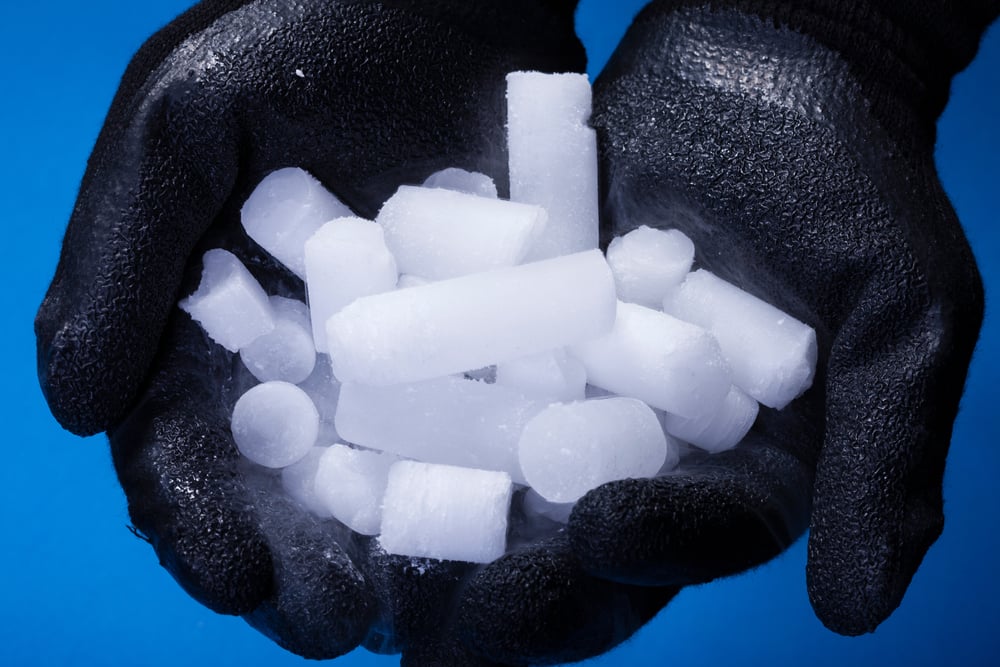Dry Ice: What Happens When You Touch It
Winter usually brings with it snowball fights, icy sidewalks, and a curious substance that has captured the attention of both science nerds and Halloween enthusiasts: dry ice. Wonder what happens after you dare to touch this frosty solid? Let’s delve into the icy depths to uncover the frosty facts behind the dry ice burn and its impact on your skin.

Introducing Dry Ice
Dry ice isn’t your ordinary ice cube chilling your drink. It’s the solid form of carbon dioxide, boasting a unique party trick called sublimation. Rather than melting into a puddle like its conventional counterpart, dry ice transforms directly into carbon dioxide gas, adding a touch of magic to its chilly demeanor.
The Deep Freeze: Dry Ice Temperature
Prepare to shiver—dry ice packs a punch with its bone-chilling surface temperature of minus 109.3 degrees Fahrenheit (minus 78.5 degrees Celsius). That’s colder than the heart of your freezer, where your favorite ice cream hides away.
The Cold Truth: Direct Contact Dangers
Touching dry ice is akin to grasping a scorching pot handle without an oven mitt. A fleeting encounter might only result in a temporary reddening of the skin, but prolonged contact? That’s when the ice burn strikes.
Unlike your run-of-the-mill heat burns, ice burns from dry ice stem from extreme cold. As it makes contact, dry ice freezes the skin cells, inflicting an injury reminiscent of a heat burn.
Frostbite
When dry ice comes into contact with your skin, its freezing temperatures cause your blood vessels to contract, diminishing blood flow to the area in question. This decrease in circulation can lead to significant tissue damage, culminating in what we know as frostbite.
Symptoms of an ice burn include a waxy appearance of the skin, discomfort, and a change in skin color—a chilling reminder of the dangers lurking within the icy embrace of dry ice.
Safety Tips
Dealing with dry ice demands caution. Always wear heavy gloves and refrain from direct contact with bare skin to prevent ice burns. It’s always best to be careful when twirling with this frosty partner!

First Aid Freeze: Treating Ice Burns
Should you find yourself on the receiving end of an ice burn, swift action is crucial. Begin by immersing the affected area in warm water for approximately 10 minutes, steering clear of hot water to avoid exacerbating the damage.
For a soothing touch, apply aloe vera to provide cooling relief and ensure the area remains clean to stave off infection. Should blisters appear or if you experience intense pain, seek medical attention.
